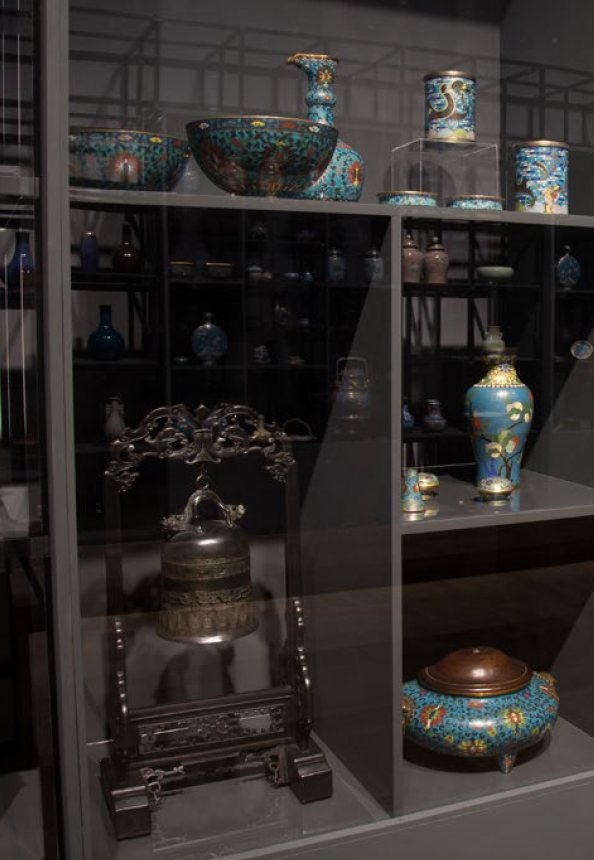Abstract
Ignacy Jan Paderewski (1860–1941), one of the fathers of Polish independence, was not only a musician and patriot but also a passionate art collector. What may come as a surprise is that the largest part of his collection was an assortment of works of Far Eastern art, of which an especially noteworthy subsection is an array of metalware decorated with cloisonné enamel. Though not much is known about the circumstances under which the collection arose, the artistic quality and sheer quantity of the artefacts attest to Paderewski’s exceptional dedication and refined taste. Presumably, what began as an impulse to keep up with the “Oriental trend” of the era eventually blossomed into a true fascination with Eastern art at large and with cloisonné enamels in particular. The study of Paderewski’s enamel collection now residing at the NMW also offers an opportunity to review the complicated history of the development of the cloisonné technique.

This work is licensed under a Creative Commons Attribution 4.0 International License.
Copyright (c) 2019 Magdalena Pinker, Joanna Popkowska (Autor)


